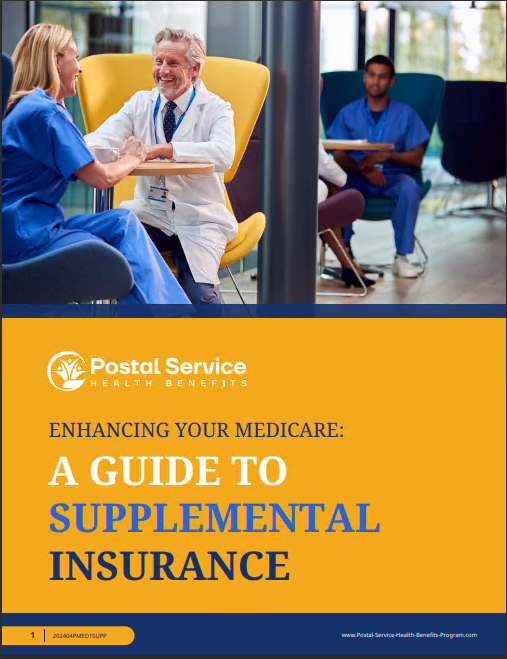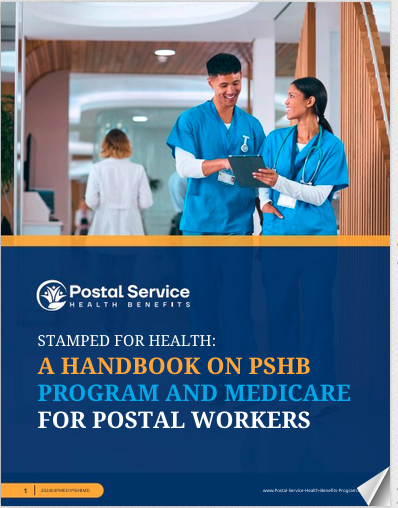Key Takeaways
- The Postal Service Health Benefits (PSHB) program offers comprehensive coverage for families, but understanding what’s included and excluded is essential for informed decision-making.
- While the PSHB covers a wide range of medical services, certain treatments and procedures may require additional considerations or external coverage.
Health Coverage for Your Family Under PSHB: What’s Covered, What’s Not
Navigating health insurance options can be overwhelming, especially when it comes to ensuring comprehensive coverage for your family. For those relying on the Postal Service Health Benefits (PSHB) program, understanding what is included in your plan is crucial to ensure that your family’s medical needs are adequately addressed. Knowing what services are covered and what services are not can save time, money, and stress in managing your family’s health care.
The Basics of Postal Service Health Benefits (PSHB)
The Postal Service Health Benefits (PSHB) program provides health insurance options for U.S. Postal Service employees and their families. The coverage is similar to other federal employee benefit programs but is tailored to meet the specific needs of postal workers. This program is part of the Federal Employees Health Benefits (FEHB) program, giving participants access to a broad network of healthcare providers and medical services.
PSHB plans generally cover a wide array of medical services, ranging from routine doctor visits to more specialized care. However, as with any health insurance, understanding the scope and limits of your coverage is essential for making informed healthcare decisions.
Covered Services Under PSHB
Preventive Care and Routine Checkups
One of the significant benefits of the PSHB program is its emphasis on preventive care. Preventive services, including annual physicals, vaccinations, and screenings like mammograms and colonoscopies, are covered under most PSHB plans. This focus on preventive care is crucial in detecting health issues early, which can lead to better long-term outcomes and lower healthcare costs.
For families, routine pediatric care, including immunizations and well-child visits, is also covered, ensuring that children receive the necessary medical attention to stay healthy as they grow. Women’s health services such as prenatal care and regular gynecological exams are similarly included, offering comprehensive coverage for mothers.
Specialist Visits and Hospitalization
For more specific healthcare needs, PSHB plans typically cover visits to specialists, such as cardiologists or dermatologists, as long as these visits are deemed medically necessary. Hospital stays, including surgeries and emergency room visits, are also included. Whether for planned procedures or unexpected emergencies, having the peace of mind that hospitalization is covered can alleviate financial stress in critical moments.
Many PSHB plans also include coverage for mental health services. This means that visits to a psychiatrist or psychologist, as well as treatments for mental health conditions, may be included. The inclusion of mental health coverage is an essential component, as more individuals seek support for conditions like anxiety and depression.
Prescription Drug Coverage
Another major aspect of health coverage under the PSHB program is prescription drug coverage. While the specifics may vary from plan to plan, most PSHB options cover a wide range of prescription medications. This includes medications for chronic conditions like diabetes and hypertension, as well as short-term medications for acute illnesses like infections. Families can expect the plan to cover a variety of generic and brand-name medications, although it’s important to be aware of any formulary restrictions that may apply.
Maternity and Newborn Care
Maternity care, including labor and delivery, is typically covered under the PSHB plan. This coverage extends to prenatal visits, tests such as ultrasounds, and postnatal care for both the mother and the baby. Newborns are generally automatically covered under their parent’s plan for a specified period after birth, but it’s essential to check on the specifics to ensure there are no gaps in coverage during the initial critical months of life.
What’s Not Covered by PSHB?
Cosmetic Procedures
One area that is typically not covered under PSHB plans is cosmetic procedures. These are procedures that are performed primarily for aesthetic reasons, such as elective plastic surgery (e.g., facelifts or tummy tucks). While reconstructive surgery following an accident or illness may be covered, purely cosmetic enhancements are generally excluded.
Experimental or Investigational Treatments
Experimental or investigational treatments often fall outside the scope of coverage under PSHB plans. These are treatments that have not yet been proven effective through rigorous clinical trials and are not yet widely accepted as standard medical practice. Families considering innovative or cutting-edge treatments should review their plan carefully and consider alternative coverage options or out-of-pocket costs for these services.
Alternative and Holistic Medicine
Although alternative and holistic treatments such as acupuncture, chiropractic care, and naturopathy are growing in popularity, they are not always covered under traditional health insurance plans, including PSHB. While some plans may offer limited coverage for services like chiropractic adjustments, the scope is usually narrow, and additional costs should be anticipated for treatments outside of conventional medicine.
Long-Term Care
PSHB generally does not cover long-term care, such as assisted living or nursing home care. Long-term care involves a different type of insurance, often referred to as long-term care insurance (LTCI), which covers services needed by individuals who cannot care for themselves due to chronic illnesses or disabilities. It’s important for families to plan for potential long-term care needs separately, as these services are typically expensive and not covered under standard health plans.
Maximizing Your PSHB Coverage
Understanding Your Network
One of the most important aspects of maximizing your PSHB coverage is staying within your plan’s network of doctors and hospitals. Most PSHB plans work within a preferred provider organization (PPO) model, meaning that you will pay lower out-of-pocket costs when you see providers within the network. While out-of-network care may still be covered, it often comes at a higher cost to the patient, so it’s essential to verify whether your healthcare providers are in-network.
Preauthorization and Referrals
For certain procedures and treatments, preauthorization may be required. This means that your healthcare provider must get approval from the insurance company before moving forward with a procedure. Without preauthorization, you may end up paying out of pocket for services that would otherwise have been covered. Similarly, some PSHB plans require referrals from a primary care doctor to see a specialist, so it’s important to understand the specific requirements of your plan to avoid unexpected bills.
Managing Out-of-Pocket Costs
While PSHB provides extensive coverage, families should still be mindful of potential out-of-pocket expenses. Co-pays, deductibles, and coinsurance can add up, particularly for ongoing treatments or medications. Understanding the structure of your plan’s cost-sharing elements will help you budget accordingly and avoid financial surprises.
Additional Considerations for Families
Coverage for Dependents
PSHB plans generally offer coverage for dependents, which may include children up to a certain age (often 26) and, in some cases, spouses. It’s essential to review your plan to ensure that all eligible dependents are properly enrolled and that their specific healthcare needs are covered. For example, some plans may include dental and vision coverage for children, while others may require additional policies for these services.
Emergency Care
Emergency care is generally covered under PSHB, whether it takes place within or outside of your plan’s network. However, some out-of-network emergency services may result in higher out-of-pocket costs. In true emergencies, coverage is usually extensive, but it’s essential to follow up with your insurance company and healthcare providers to ensure proper billing and avoid unexpected charges.
Telehealth Services
Telehealth services, which have become increasingly popular, are also typically covered under PSHB plans. These services allow families to consult with healthcare providers remotely, often reducing the need for in-person visits and providing a convenient way to access medical advice. This is particularly beneficial for families living in rural areas or those who need quick consultations for minor health issues.
Planning for Future Healthcare Needs
While PSHB offers a solid foundation of health coverage, it’s important for families to consider future healthcare needs. As children grow and medical conditions evolve, families may need to reassess their coverage options periodically. By staying informed about the details of their PSHB plan and understanding what’s covered and what’s not, families can make well-informed decisions that ensure their health and financial well-being in the long run.
Reviewing Your Coverage Options
Regularly reviewing your PSHB coverage can help you identify any gaps or potential areas where additional coverage may be beneficial. Whether you need supplemental insurance for dental or vision care or additional coverage for services not included in your PSHB plan, understanding your options is essential. Speaking with a licensed insurance agent can help clarify these needs and guide you toward the best solution for your family’s unique healthcare requirements.
Staying Informed About Your Family’s Health Coverage
In the ever-evolving landscape of healthcare, staying informed about your family’s coverage under the PSHB program is key to ensuring that your healthcare needs are met without unnecessary financial strain. By understanding what’s covered and what’s not, families can proactively plan for medical expenses, access necessary services, and explore additional coverage options when needed. With regular review and mindful healthcare decisions, your family can make the most of the benefits offered under PSHB.







